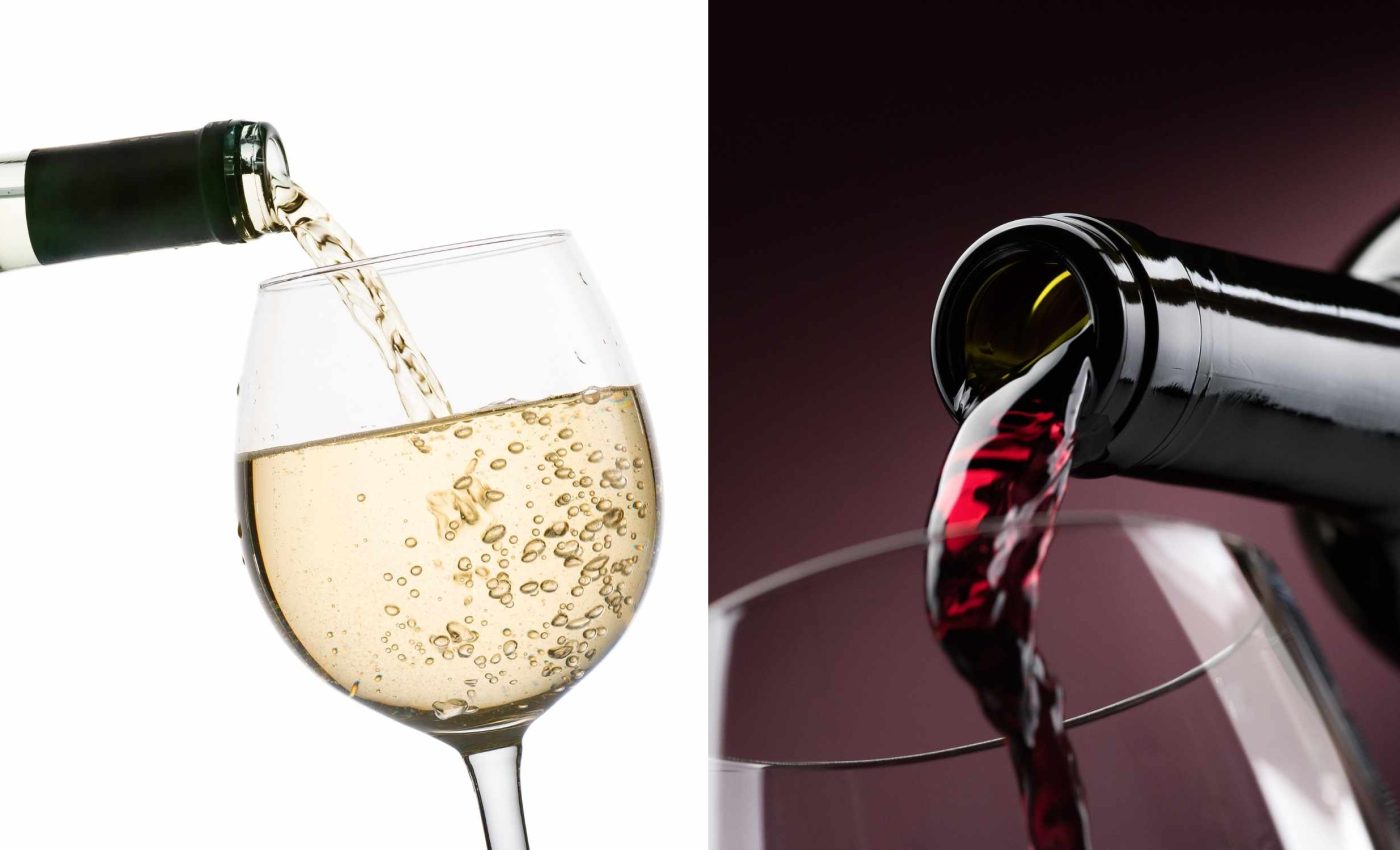
Red or white wine: Science gives its heart health verdict
A large international analysis finds that people who drink wine have a lower risk of coronary heart disease. The most important number is 24 percent lower risk for adults.
The work comes from a team in Spain that pooled long running population studies from several countries and regions. The finding centers on wine, not alcohol in general, and it applies to adults who already choose to drink.
Studying wine and heart health
A meta-analysis study pooled data from long term cohorts and case control studies to examine wine and heart outcomes. The authors compared adults who drank wine with adults who did not drink wine in everyday life.
The key estimate was a relative risk, a ratio that compares event rates between groups, of 0.76 for coronary heart disease.
That value means the wine group had a 24 percent lower rate of disease than the non-wine group during multi-year follow up.
Alicia Saz-Lara led the research effort at the Health and Social Research Center of the University of Castilla-La Mancha in Spain (UCLM), where population health is a central focus.
The studies followed people for many years across Europe, the United States, and Australia. The scale was large, with more than a million adults represented in total across diverse settings and lifestyles.
What matters most?
Wine carries polyphenols, plant compounds with antioxidant and signaling effects, mostly from grape skins and seeds.
Red wines usually have more of these compounds than white wines due to longer skin contact during fermentation.
In a controlled trial, dealcoholized red wine lowered systolic and diastolic blood pressure in men at high cardiovascular risk.
The effect aligned with increases in nitric oxide, a molecule that relaxes blood vessels and supports vessel flexibility.
The main analysis here did not separate red and white wine by type with enough detail to rank one above the other.
For most people who drink, amount and pattern matter more than color, sweetness, or origin over months and years.
Some components attract attention, including resveratrol, a plant chemical linked to anti-inflammatory actions. Its levels vary widely by grape variety, climate, and winemaking choices that producers make annually.
What this study cannot tell us
This evidence is observational, which means it tracks how people live without assigning behaviors or doses.
That design can leave room for confounders, hidden factors that influence both drinking and disease risk, such as income or diet.
A genetics based Mendelian randomization, an approach that uses inherited variants as natural experiments, found that people with gene variants linked to lower alcohol intake had lower cardiovascular risk.
That suggests the safest choice for heart health may be drinking less rather than more in the long run.
The authors also detected publication bias, a tendency for studies with positive results to be published more often than null findings.
That pattern can overstate benefits and understate harms, especially for lifestyle research involving complex behaviors.
Self reported drinking can be imprecise across time. People forget details, and that can lead to misclassification, recording habits in the wrong category, which can blur real dose response patterns.
Defining “moderate drinking”
The U.S. guidelines say adults who choose to drink should limit intake and that drinking less is better for health than drinking more. They explain the tradeoffs plainly for people making day to day health decisions.
They also define a standard drink, 14 grams of pure alcohol, which is about 5 ounces of table wine at 12 percent alcohol by volume. Using standard drink sizes helps people count accurately and avoid accidental overconsumption.
For many adults, moderation means up to 1 drink in a day for women and up to 2 for men. These are limits on days when alcohol is consumed, not targets to meet every day throughout the week.
“If you don’t drink, don’t start,” said the American Heart Association in its consumer guidance, offering clear advice. Medical groups like the AHA, add an important caution for anyone weighing the risks and benefits.
Wine advice for heart health
If you already drink wine, keep the serving small and the pattern steady with meals. Avoid binge drinking, which raises blood pressure and can trigger heart rhythm problems that sometimes require urgent care visits.
Wine and other alcoholic beverages add calories that can nudge weight and blood sugar upward over time, which isn’t great for your heart.
It can also interact with medicines used for hypertension, diabetes, and mood disorders, so discuss your situation with a clinician during regular visits.
People looking for heart protection can focus on habits with strong causal evidence and broad benefits.
Regular physical activity, blood pressure control, not smoking, and a diet rich in fruits, vegetables, beans, nuts, and fish have clear links to longer, healthier life across large studies.
What we learned about wine and hearts
For some, swapping alcohol for a nonalcoholic alternative removes risk while keeping a similar taste experience.
Dealcoholized wines and grape based beverages are widely available and avoid ethanol exposure, and the cautious read is simple for consumers.
Wine may fit into a healthy pattern for some adults, but it is not a prescription for heart protection or a shortcut to longevity.
Choices about alcohol are personal and should be made with full awareness of risks and context after considering your health status and goals carefully.
The study is published in Nutrients.
—–
Like what you read? Subscribe to our newsletter for engaging articles, exclusive content, and the latest updates.
Check us out on EarthSnap, a free app brought to you by Eric Ralls and Earth.com.
—–













